The Kummakivi Balancing Rock is a natural feature in the scenic forest region of Ruokolahti, a municipality in the region of South Karelia in Finland’s southeastern part. This feature is made up of two boulders, one of which is precariously balanced on top of the other.
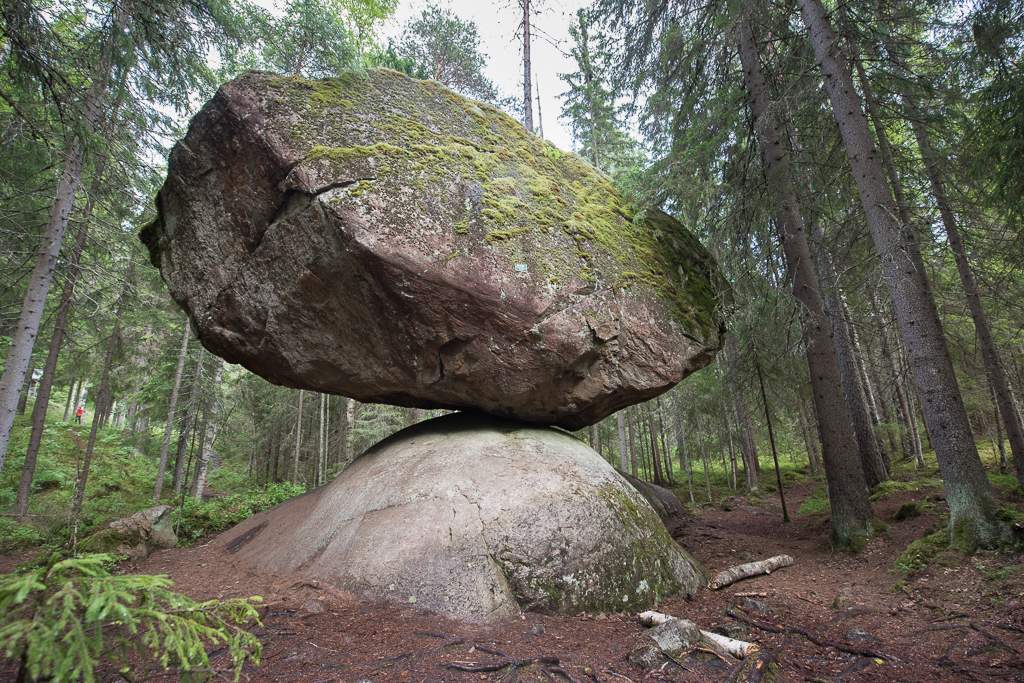
Although the upper rock appears to be ready to fall at any moment, this has not occurred. Furthermore, if a human applied force to the rock, it would not budge even a millimeter.
The strange Kummakivi Balancing Rock
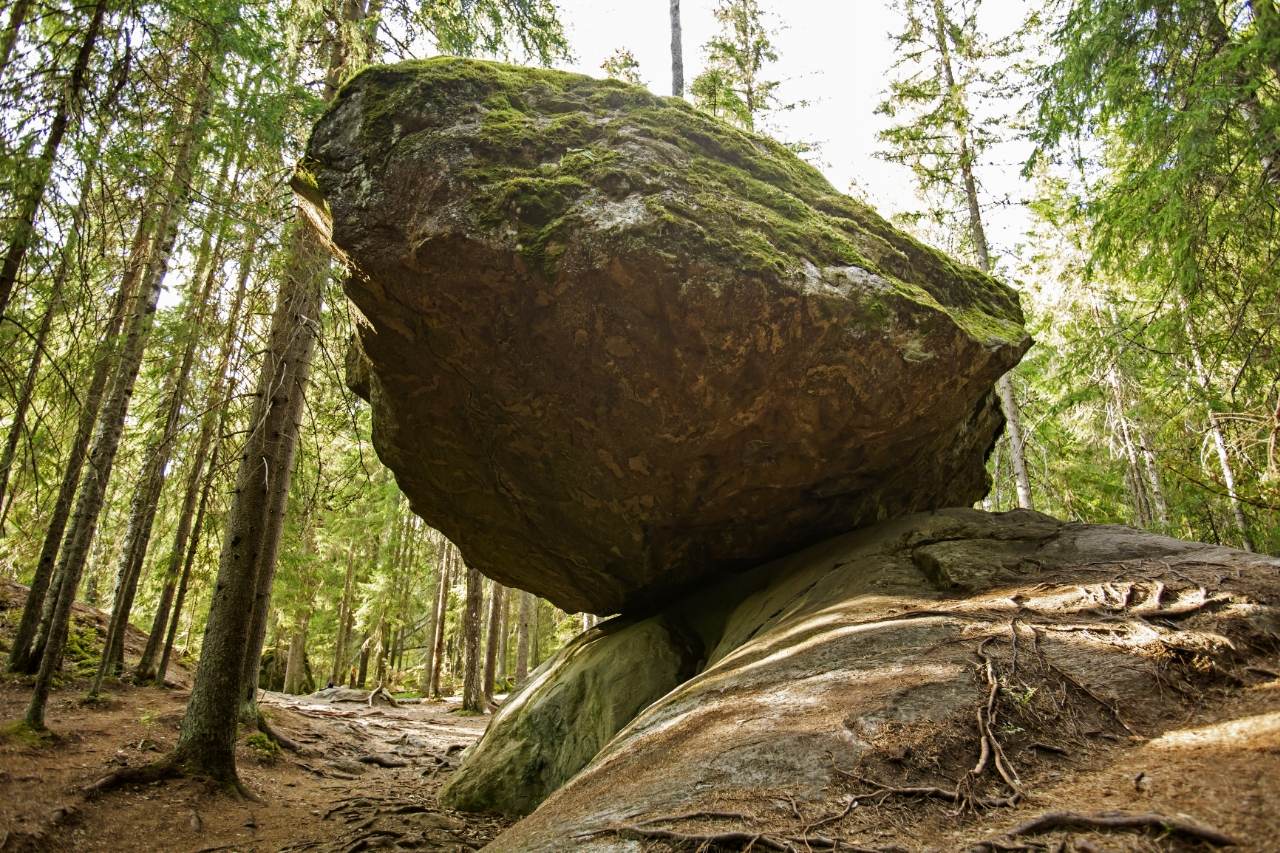
The name of this Finnish balancing rock, “Kummakivi,” translates as “strange rock.” This unusual geological formation is made up of two rocks. The bottom rock is shaped like a curved mound. It has a smooth, convex surface and is lodged in the earth.
Another massive rock, about 7 meters long, rests on top of this bedrock (22.97 ft). The contact point between these two rocks is quite small, and the upper rock appears to be performing an impossible balancing act.
Anyone seeing the Kummakivi Balancing Rock for the first time would probably expect the upper rock to fall at any moment. Despite this, the rock is firmly anchored to the bedrock and has yet to be pushed over (or even slightly moved) by a human being.
The ancient inhabitants of this region, no doubt perplexed by the sight of this natural wonder, sought an explanation for how this balancing rock came to be in such a perplexing position. This group of people most likely attempted to move the Kummakivi Balancing Rock with their own hands.
When they realized that the physical force they applied to it had failed to move the boulder, they speculated that it must have been moved by a supernatural force.
Supernatural and scientific explanations
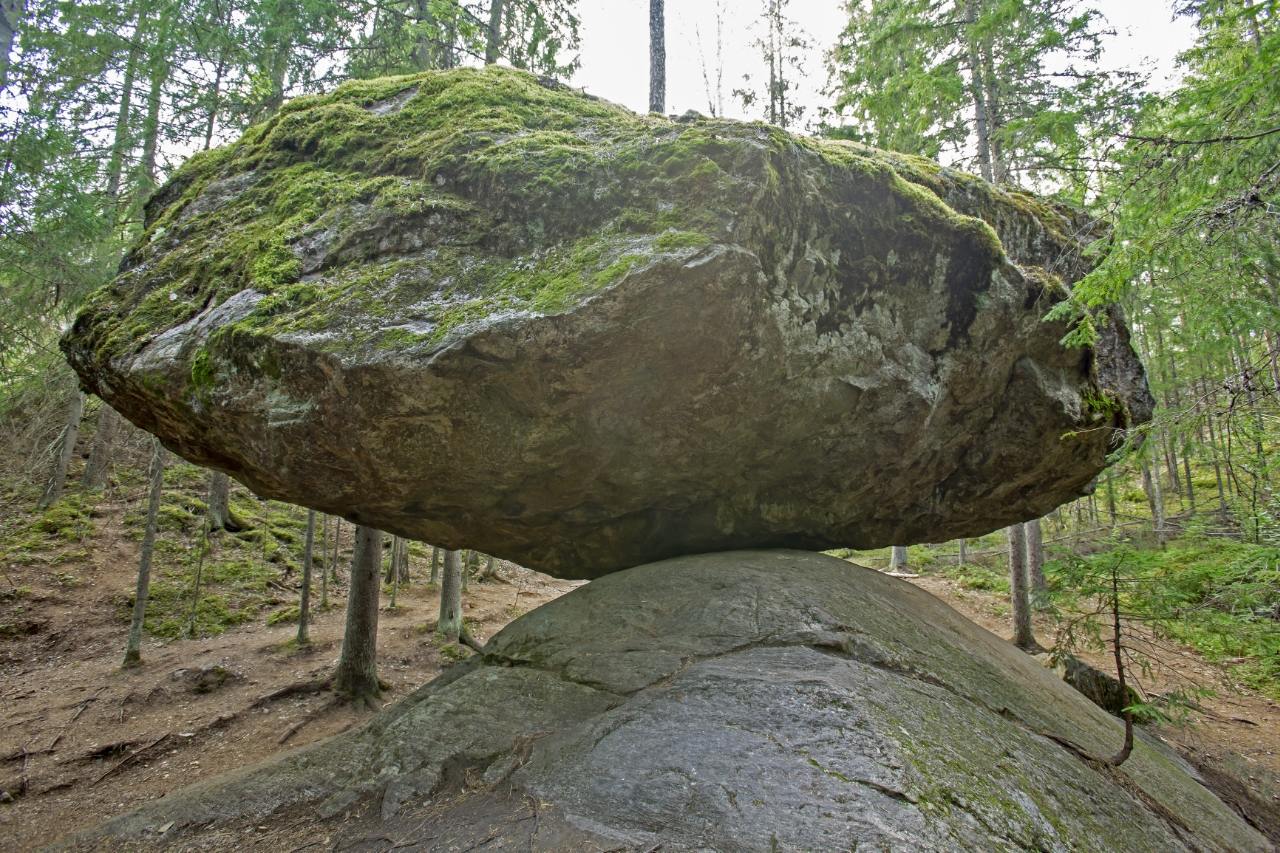
The mythology of Finland is filled with supernatural creatures such as trolls and giants. Such creatures are thought to have physical strength far beyond that of a mere mortal. Furthermore, some of these creatures have been linked to rocky terrain. A hiisi (‘hiidet’ in plural) is a type of giant in Finnish mythology who is said to live in rocky landscapes.
According to Finnish folklore, such creatures have a habit of throwing boulders around, building cairns, and carving strange holes in rocky outcrops (which are believed to have been used by these giants to churn milk). Thus, according to local folklore, the Kummakivi Balancing Rock was either brought or rolled or thrown there by a giant or troll.
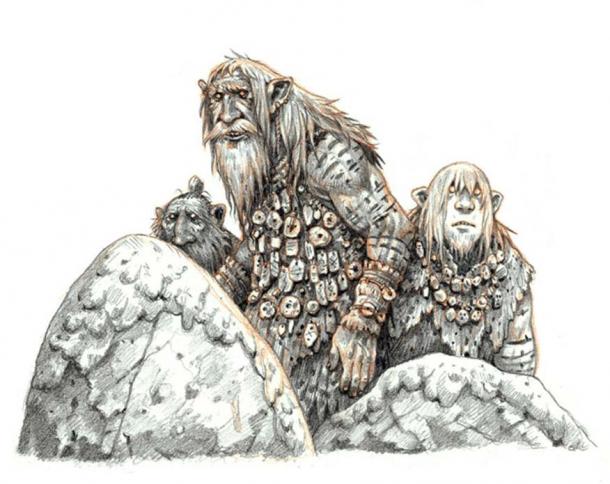
Geologists, on the other hand, have proposed a different explanation for the formation of the Kummakivi Balancing Rock. It is thought that glaciers brought the massive rock there during the last glacial period. When the glaciers receded from the area to the north, approximately 12,000 years ago, this rock was left behind and became known as the Kummakivi Balancing Rock.
Other precarious boulders
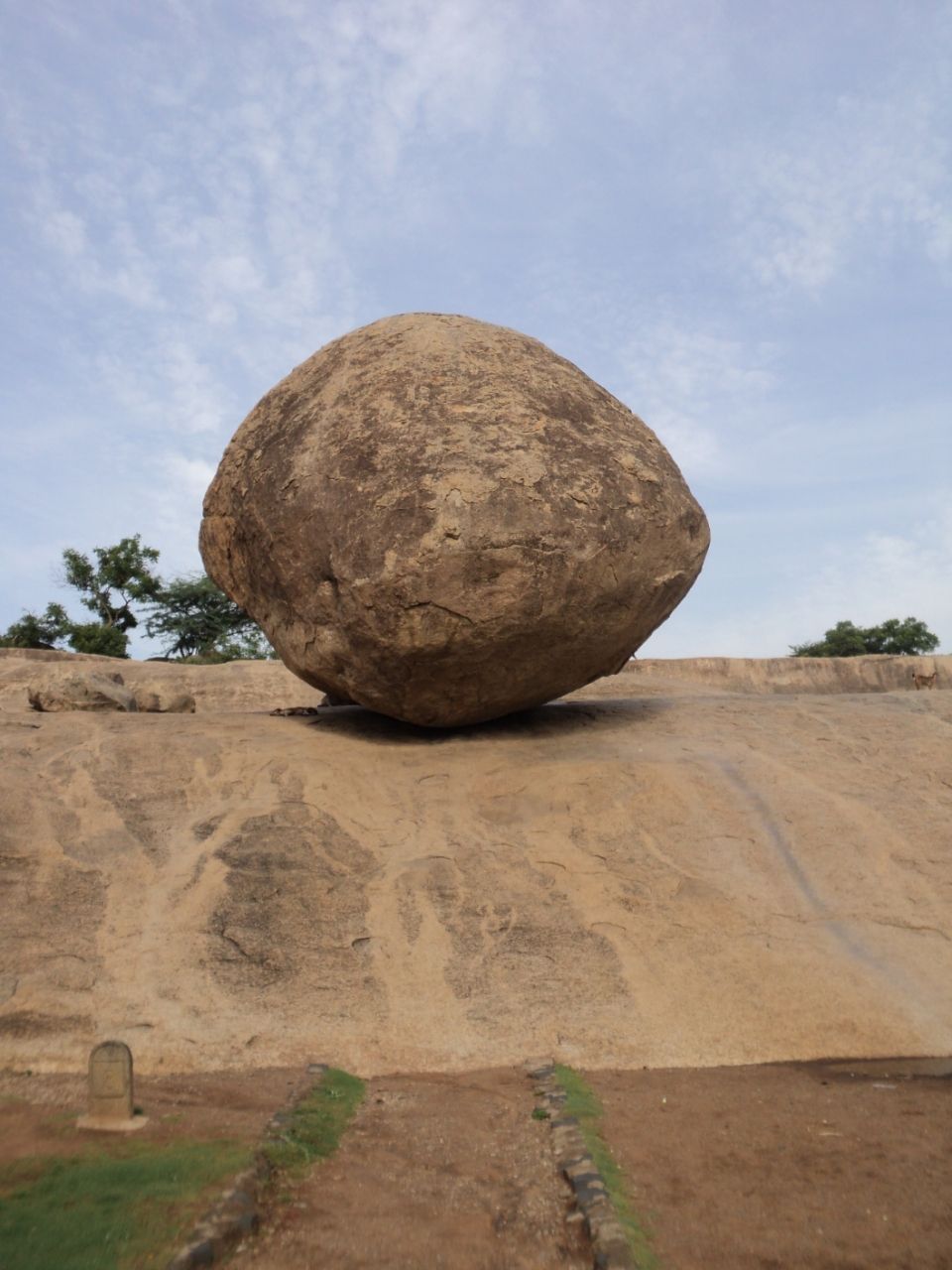
The Kummakivi Balancing Rock is not the world’s sole example of a balancing rock (also known as a perilous boulder). Such rocks have been discovered in a variety of nations throughout the world, and each one is accompanied with a vivid story. In India, for example, there is a balancing rock known as ‘Krishna’s Butter Ball,’ a reference to the Hindu god Vishnu’s incarnation.
Balancing rocks have been employed for more scientific objectives in addition to entertaining people with intriguing anecdotes. Balancing rocks, for example, have been employed as a form of natural seismoscope by researchers in the United States. While such rocks cannot identify when earthquakes happened in the past, they do indicate that the region had not been subjected to earthquakes powerful enough to collapse them.
The amount of force required to move these rocks can reveal insights on the size of previous earthquakes, as well as the frequency and intervals of big earthquakes in the area, which is critical for probabilistic seismic hazard calculations. In other words, balancing rocks has the potential to save lives!
Finally, the Kummakivi Balancing Rock is a natural sight to see. While ancient peoples ascribed its creation to legendary giants, a better scientific explanation is now accessible.
This feature’s significance has been acknowledged, and it was granted protected status in 1962. Furthermore, balancing rocks have been utilized for seismic investigations in the United States, and possibly this balancing rock will be used for a similar reason in the future as well.




